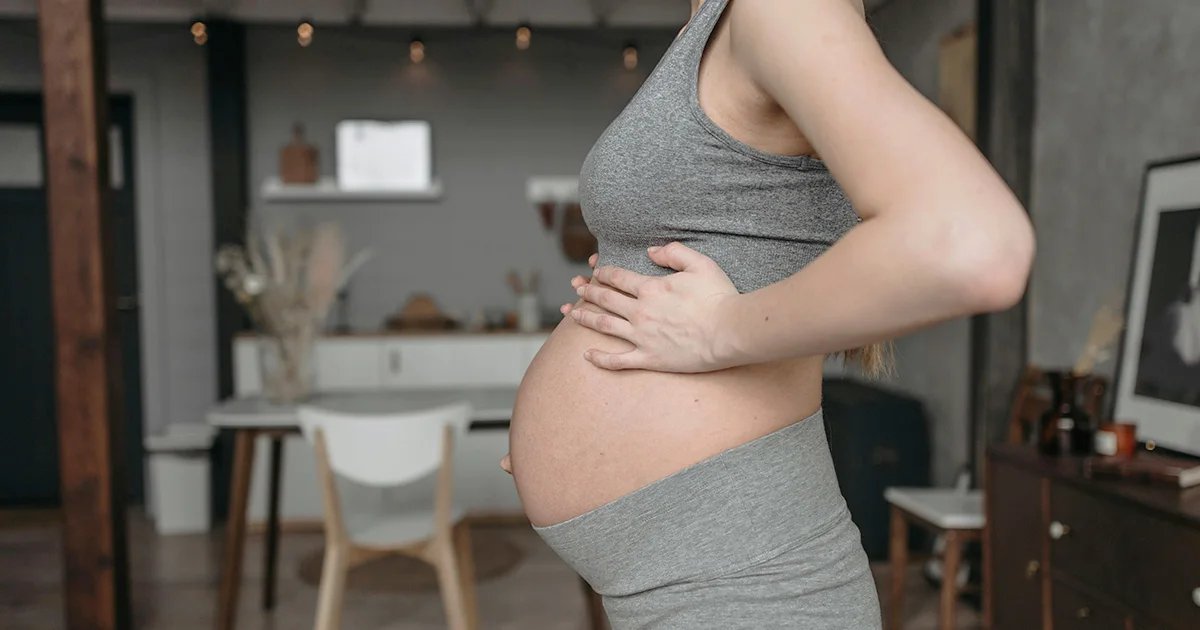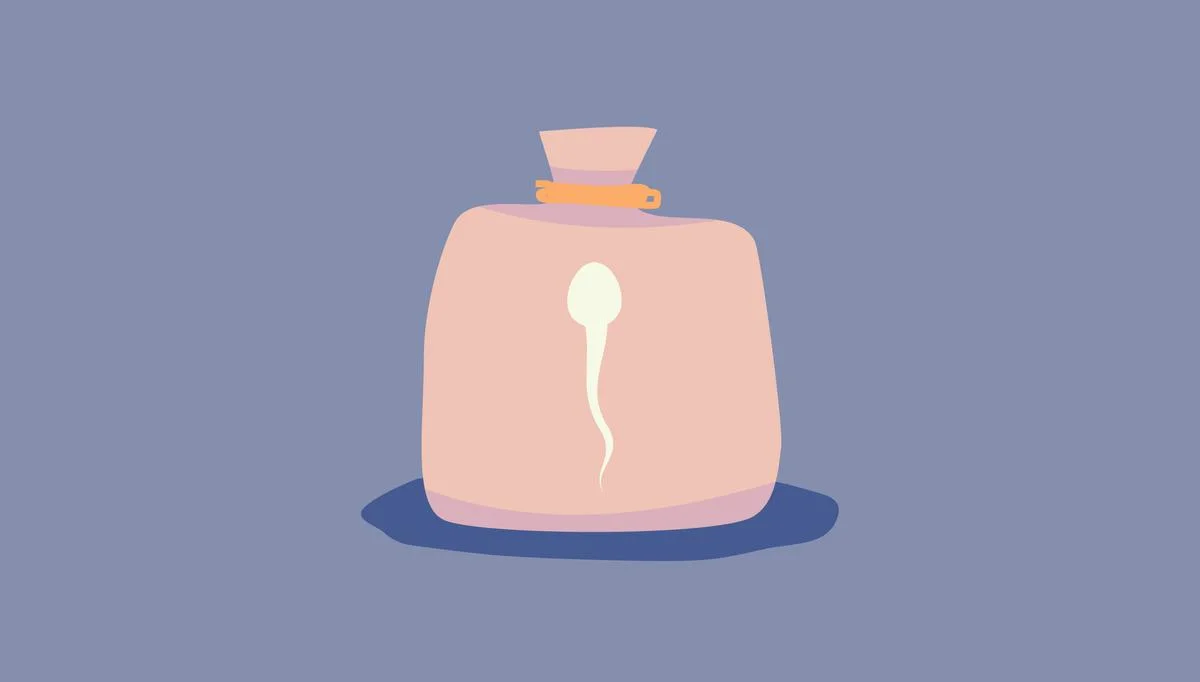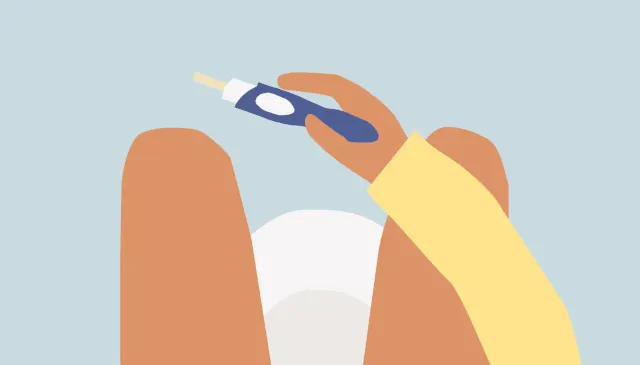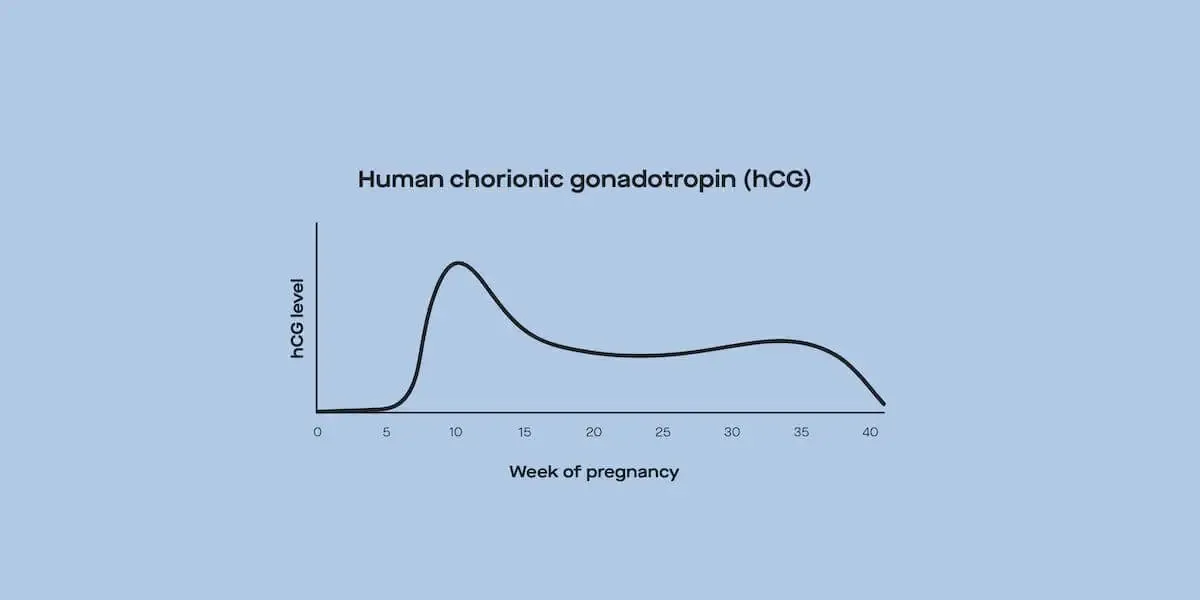Here's what we'll cover
Here's what we'll cover
In recent years, there has been an uptick in the number of lubes on the market labeled “sperm-friendly” or “pregnancy-safe.”
But what do these terms mean? Can fertility lubricants really help you get pregnant? Read on to learn more about fertility-friendly products, when to use them, and why you shouldn’t expect any miracles from them.
What is fertility-friendly lubricant?
This is a relatively new category for sexual and personal lubricants established by the U.S. Food and Drug Administration (FDA). It means that lube has been studied and determined to be compatible with sperm, eggs, and embryos (Ellington, 2017).
However, this type of lube is not a treatment for infertility. If you’re hoping fertility-friendly lube will help you to get pregnant quicker, know that there are none that have improved conception rates (Ellington, 2017).
In fact, several studies assessing pregnancy and lube (both fertility-friendly and regular lube) found that there is no meaningful difference in pregnancy rates between any type of lube (McInerney, 2018).
In other words, while it’s less likely to harm sperm, there’s no real-life evidence right now to show that fertility-friendly lubes increase the chances of conceiving.
Does lube kill sperm?
All lubes can impact sperm motility (movement) to some extent if sperm is exposed for long enough. This includes all kinds including silicone lube, water-based lube, and oil-based lube. Some of these have a greater effect than others on sperm motility and physical structure (Sandhu, 2014; Wilson, 2017).
There is a caveat. Most studies expose sperm to lube for 5–60 minutes in a lab setting. In real life, sperm are most likely exposed to lube for shorter periods of time. So whether lube damages or slows down sperm in the female reproductive tract is hard to answer (Sandhu, 2017; Steiner, 2012).
Sperm-friendly lube may be a consideration if your partner has compromised sperm health (like low sperm motility). Whether you use lube or not, research so far has found no differences in pregnancy rates (Steiner, 2012).
Does coconut oil kill sperm? What about other natural oils?
Using natural oils as fertility lube hasn't been studied in the same way as commercial products (Ellington, 2017).
Some studies have found canola and sesame seed oil may impact sperm. Sesame seed oil showed a greater impact on sperm than canola oil (Sandhu, 2014; Markram, 2022).
Coconut oil is a popular personal care product and natural lubricant, but there isn’t much research on how it interacts with sperm or vaginal flora. Though not a natural product, baby oil (which is made from petroleum) has also been shown to have limited negative effects on sperm (Sandhu, 2014).
Fertility lube: what to look for in a product
It’s important for sex to be a slippery experience for both partners. Not only does this make it more comfortable and enjoyable, but it also helps prevent vaginal irritation allowing for more frequent sexual activity.
Lube can decrease friction and improves the sexual experience for everyone involved. In addition to the fun factor, if you’re hoping to become pregnant, you might understandably be intrigued by the idea of lube that might help—or at least, not harm—your chances of conceiving.
Besides impacting sperm, lube can also affect the vagina. When shopping for a fertility lubricant, here are some key traits to look for in a product:
pH balanced: A healthy vagina has a slightly acidic pH (typically between 4–5), which is what helps it to fight off vaginal infections. The ideal pH for sperm is 7, so using a pH-balanced lube will help keep sperm happy without greatly affecting vaginal pH (Eggert-Kruse, 1993; Plesniarski, 2021).
Iso-osmotic: An ideal lube is iso-osmotic (or isotonic), which means its osmolality is balanced. Osmolality is a measure of how concentrated a fluid is. The osmolality of lube can impact the health and water content of cells in the vagina, in turn affecting the ability to fight off infection (Ayehunie, 2017).
Paraben-free: Many products like makeup, processed foods, and sexual lubricants contain parabens, which are chemical preservatives. Some studies suggest that they have an impact on reproductive health (Karawacka, 2019).
What does this mean for getting pregnant?
Lab studies have shown that lube can impair sperm. However, lubes (fertility-friendly or not) don’t seem to have much of an effect on conception rates (Steiner, 2012; McInerney, 2018).
There are a few possible explanations for this. It could be that sperm aren’t exposed long enough to make a difference (sperm move quickly, and after all, it only takes one). It might be that sperm are exposed to lower concentrations of lube.
Sperm could also be deposited too high up in the vagina to make contact with lube. Another theory is lubrication makes sex more comfortable, increasing how much sex people have and counteracting any potential sperm damage (Steiner 2012).
This is good news if you’re hoping to get pregnant, regardless of what kind of lube you use. Practically any kind of lubrication is going to impact sperm in some way—at least when tested in the lab—yet people continue to get pregnant.
3 fertility-friendly lubricants
There are a number of products available online and over-the-counter. Here are some popular FDA-approved products:
Pre-Seed Fertility Lubricant—pH balanced, isotonic, contains parabens. 4.5/5 stars on Amazon.
BioGenesis by Good Clean Love—pH balanced, paraben-free, glycerin-free, and petrochemical-free. 4.5/5 stars on Amazon
Baby Dance Fertility Lubricant—pH balanced, isotonic, paraben-free. 4/5 stars on Amazon.
Is fertility lubricant safe?
Yes, lube that is classified as “fertility-friendly” or “sperm-friendly” by the FDA is safe when used and directed, but it’s not a guarantee you’ll conceive.
Another thing to keep in mind: stress can also impact fertility. If using a sperm-friendly lube makes you feel more comfortable and relaxed on your pregnancy journey, go for it. It can be a great relief and won’t hurt your chances of getting pregnant.
DISCLAIMER
If you have any medical questions or concerns, please talk to your healthcare provider. The articles on Health Guide are underpinned by peer-reviewed research and information drawn from medical societies and governmental agencies. However, they are not a substitute for professional medical advice, diagnosis, or treatment.
Ayehunie, S., Wang, Y. Y., Landry, T., et al. (2017). Hyperosmolal vaginal lubricants markedly reduce epithelial barrier properties in a three-dimensional vaginal epithelium model. Toxicology Reports , 5, 134–140. doi:10.1016/j.toxrep.2017.12.011. Retrieved from https://www.sciencedirect.com/science/article/pii/S221475001730118X?via%3Dihub
Eggert-Kruse, W., Köhler, A., Rohr, G., & Runnebaum, B. (1993). The pH as an important determinant of sperm-mucus interaction. Fertility and Sterility, 59 (3), 617-28. Retrieved from https://pubmed.ncbi.nlm.nih.gov/8458467/
Ellington, J. E. & Clifton, G. D. (2017). Gamete, fertilization and embryo compatible lubricants: The new FDA product code ‘PEB’ updates the standard of care for trying-to-conceive couples. Journal of Women's Health, Issues and Care, 7 (1), 2. doi:10.4172/2325-9795.1000297. Retrieved from https://www.vcarefairhavenhealth.com/wp-content/uploads/2018/04/gamete-fertilization-embryo-compatible-lubricants-peb.pdf
Karwacka, A., Zamkowska, D., Radwan, M., & Jurewicz, J. (2019). Exposure to modern, widespread environmental endocrine disrupting chemicals and their effect on the reproductive potential of women: an overview of current epidemiological evidence. Human Fertility, 22 (1), 2-25. doi:10.1080/14647273.2017.1358828. Retrieved from https://pubmed.ncbi.nlm.nih.gov/28758506/
McInerney, K. A., Hahn, K. A., Hatch, E. E., et. al. (2018). Lubricant use during intercourse and time to pregnancy: A prospective cohort study. BJOG: An International Journal of Obstetrics and Gynaecology , 125 (12), 1541–1548. doi:10.1111/1471-0528.15218. Retrieved from https://www.ncbi.nlm.nih.gov/pmc/articles/PMC6139089/
Mackenzie, S. C. & Gellatly, S. A. (2019). Vaginal lubricants in the couple trying-to-conceive: Assessing healthcare professional recommendations and effect on in vitro sperm function. PLoS One, 14 (5). doi:10.1371/journal.pone.0209950. Retrieved from https://journals.plos.org/plosone/article/file?id=10.1371/journal.pone.0209950&type=printable
Markram, J., Griessel, L., Girdler-Brown, B., & Outhoff, K. (2022). Sperm-friendly lubricant: Fact or fiction. International Journal of Gynaecology and Obstetrics . doi:10.1002/ijgo.14136. Retrieved from https://obgyn.onlinelibrary.wiley.com/doi/full/10.1002/ijgo.14136
McInerney, K. A., Hahn, K. A., Hatch, E. E., et. al. (2018). Lubricant use during intercourse and time to pregnancy: A prospective cohort study. BJOG: An International Journal of Obstetrics and Gynaecology , 125 (12), 1541–1548. doi:10.1111/1471-0528.15218. Retrieved from https://obgyn.onlinelibrary.wiley.com/doi/10.1111/1471-0528.15218
Plesniarski, A., Siddik, A. B., & Su, R. C. (2021). The microbiome as a key regulator of female genital tract barrier function. Frontiers in Cellular and Infection Microbiology, 11 . doi:10.3389/fcimb.2021.790627. Retrieved from https://www.ncbi.nlm.nih.gov/pmc/articles/PMC8719631/
Sandhu, R. S., Wong, T. H., Kling, C. A., & Chohan, K. R. (2014). In vitro effects of coital lubricants and synthetic and natural oils on sperm motility. Fertility and Sterility, 101 (4), 941-944. doi:10.1016/j.fertnstert.2013.12.024. Retrieved from https://pubmed.ncbi.nlm.nih.gov/24462060/#:~:text=Conclusion(s)%3A%20Sesame%20oil,considered%20sperm%2Dfriendly%20coital%20lubricants .
Steiner, A. Z., Long, D. L., Tanner, C., & Herring, A. H. (2012). Effect of vaginal lubricants on natural fertility. Obstetrics and Gynecology , 120 (1), 44–51. doi:10.1097/AOG.0b013e31825b87ae. Retrieved from https://www.ncbi.nlm.nih.gov/pmc/articles/PMC3427535/
Tomlinson, J. (2022). Sperm toxicity testing on lubricant gels: should we be recommending ‘fertility-friendly’ specialist products? Human Fertility, 4, 1-4. doi:10.1080/14647273.2022.2053214. Retrieved from https://www.tandfonline.com/doi/abs/10.1080/14647273.2022.2053214
Wilson, S. L., Adam, J. K., & Krishna, S. B. (2017). Effects of vaginal lubricants on in-vitro progressive spermatozoa motility. African Journal of Reproductive Health, 21 (3), 96-101. doi:10.29063/ajrh2017/v21i3.9. Retrieved from https://journals.co.za/doi/abs/10.10520/EJC-b4aeb918e










